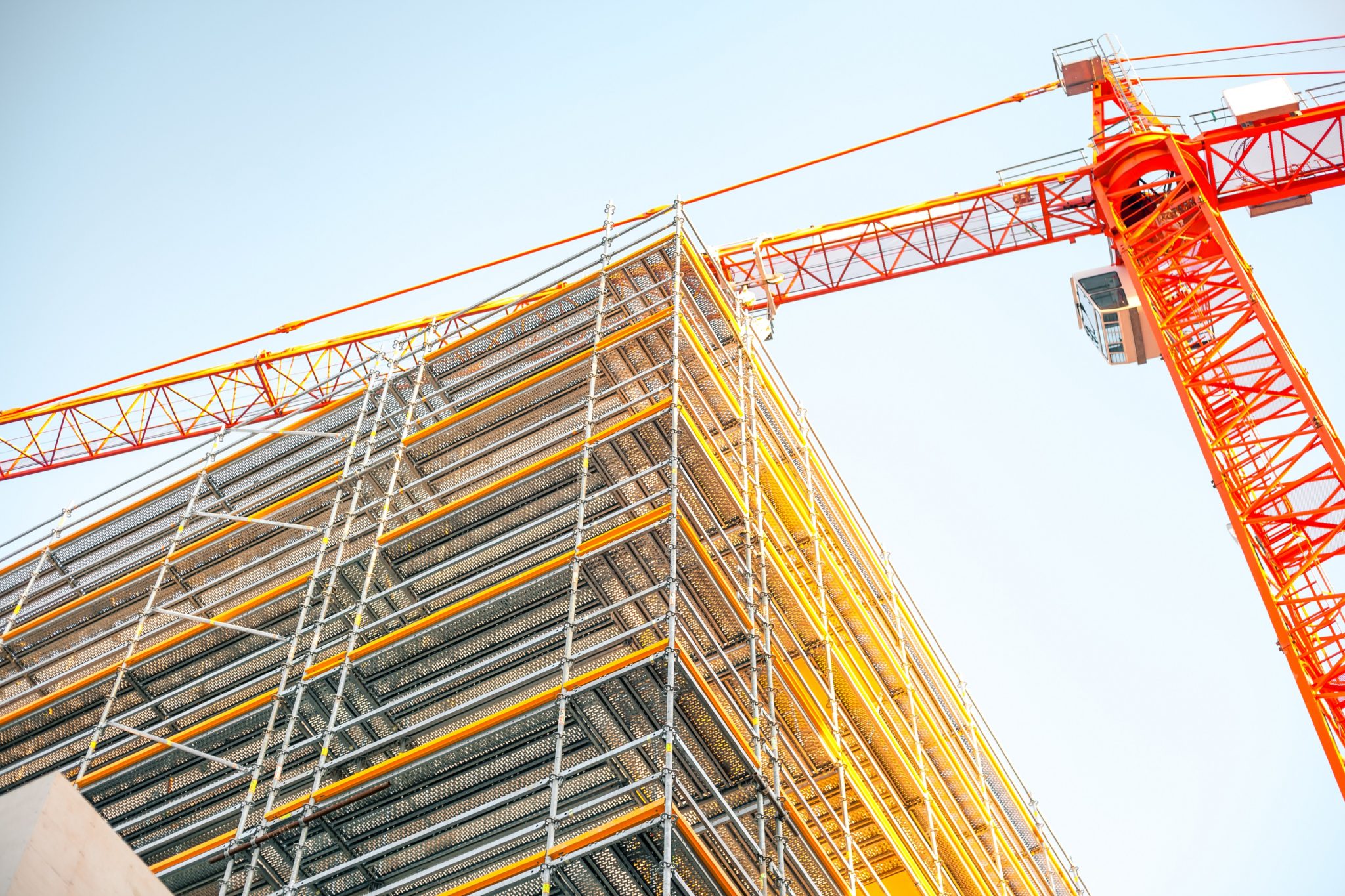Fire Safety Bill signals more post-Grenfell changes for multi-occupancy properties
Published on 31st March 2020
Following on from the Building Safety Bill introduced earlier this year, a further Bill is set to bring about an important step change in the scope of fire safety responsibility for residential properties.

Building owners will be subject to much more stringent obligations under the proposed Fire Safety Order Bill (FSO) which was recently introduced (19 March 2020) as a bill offering additional safety reforms for houses in multiple occupation (HMOs) in the wake of the 2017 Grenfell Tower fire and public inquiry.
The FSO will amend the Regulatory Reform (Fire Safety) Order 2005 to clarify that the responsible person or duty-holder for multi-occupied, residential buildings must manage and reduce the risk of fire for:
- the structure and external walls of the building, including cladding, balconies and windows
- entrance doors to individual flats that open into common parts
The Bill is also a platform for secondary-related legislation:
It allows the Ministry of Housing, Communities and Local Government (MHCLG) to easily amend the legislation to include other types of buildings in the FSO as is required by industry events as well as design and construction considerations.
It enables recommendations from the Grenfell Inquiry Phase 1 report to be introduced, which may include making building owners responsible for a much wider number of issues such as lifts, evacuation plans and safety information for residents.
Starting point
This is just a Bill so it will be subject to change before it becomes law. However, the way it is drafted suggests that this is just a starting point and obligations are likely to be added to rather than watered down. Some immediate observations are:
- The clarification in relation to external and common parts provides Fire and Rescue Authorities with a much clearer identification of the duty holder and is likely to lead to an increase in prosecutions of recalcitrant building owners.
- The FSO will apply to all multi-occupancy buildings of all heights and that means all blocks of flats must have their facades, flat entrance doors and all communal fire doors checked as part of the periodic fire risk assessment.
- The scope and scrutiny of the fire risk assessment has increased significantly and the obligations set out in the SFO will mean that building owners will have to review their processes and ensure that they address the increase in obligations.
- The impact for those that manage or own residential buildings will be to increase costs and necessity greater resourcing to carry out these wider investigations to ensure compliance.
- There is a recognised shortage of competent fire risk assessors, so getting the necessary work done will be challenging and will have an impact on timescales and potentially the quality of the assessments (given that this remains an unregulated specialism).
- The inclusion of windows alongside cladding and balconies has not really been explained. Will there be a requirement for safety checks of windows and, if so, what aspects? Does it apply to all types of glass.
- One of the Grenfell Inquiry Phase 1 report recommendations was for existing residential buildings to include floor-level signage and evacuation plans. We know that many existing residential buildings do not have record drawings of any type, so building owners would be forced to produce fire strategy and evacuation plans.
- The powers to amend the list of qualifying premises that fall within the scope of the FSO enables the government to respond quickly to developments in the design and construction of buildings. Therefore the scope of what must be assessed and the obligations that align with can be quickly expanded. This secondary legislation potential may suggest that the Home Office or MHCLG may in time include apartments and not just common areas.
Expanded duties
Duties in the sphere of building safety are expanding and all in the chain will need to quickly understand their responsibilities. For developments in progress it will be important to keep track of the progress of this and other building safety legislation to try and best ensure that designs and contracts are as future proofed as they can be.


